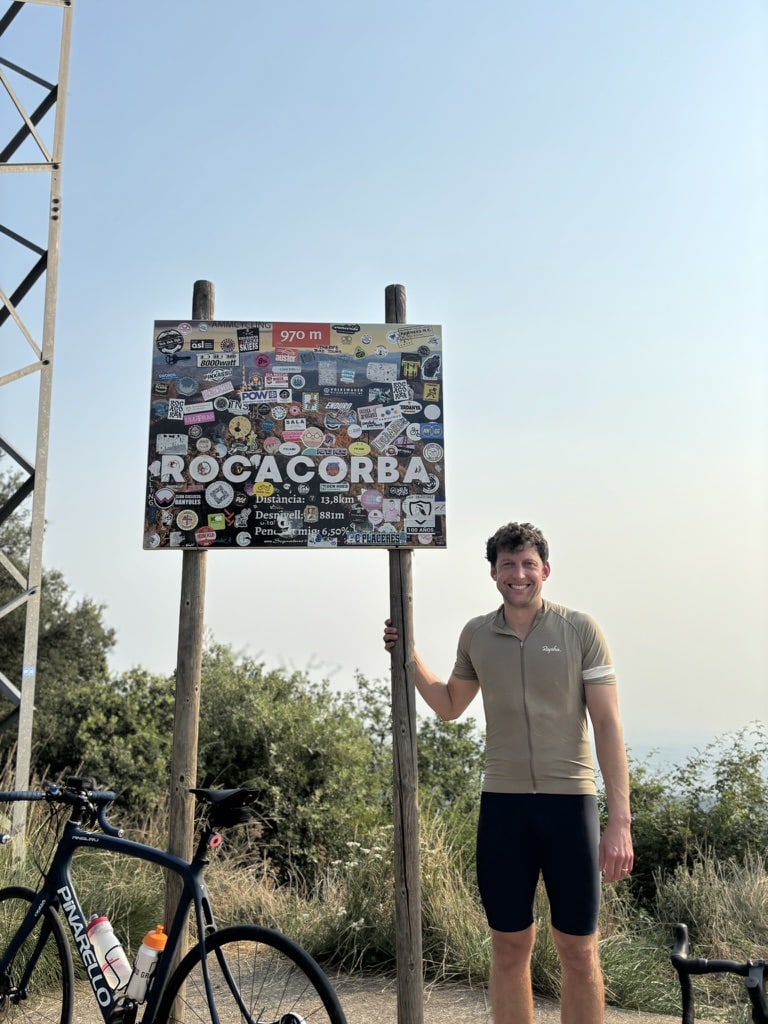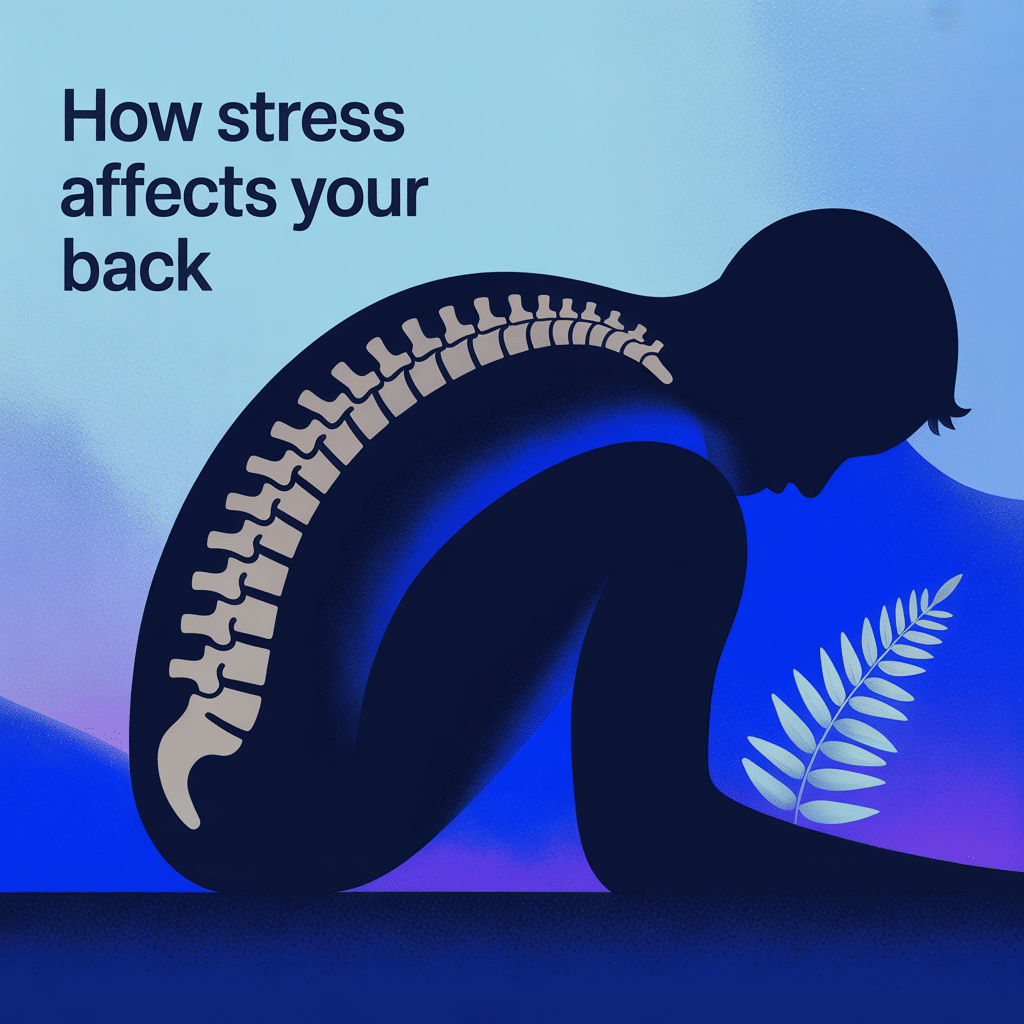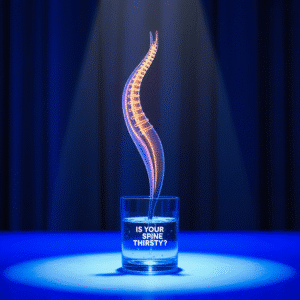This week’s blog is all about stress or rather, how to keep it at bay.
I’ve been away in Spain for the past couple of weeks, and it’s been about as stress-free as life gets. However a different level of concentration when trying to keep 3 kids entertained. Days have been filled with cycling, beach time with the kids, swimming, and wandering around tiny medieval towns where time seems to stand still, I know this is not real life and this week it does come to an end.?
We even took a trip to Salvador Dal?”s house, just 20 minutes down the road, and got to see some of his old school cars, quirky, eccentric, and very Dal”.

The big personal milestone though? I managed to conquer the Rocacorba climb. With a 19-year-old Spanish babysitter acting as my guide (or more accurately, my shepherd), I made it to the top. 900 metres of climbing, breathtaking views, and one very sore pair of legs. I’ve lived to tell the tale though I haven’t been able to walk properly for the past five days, and the bike’s been gathering dust ever since!

So while I’ve been out here living in a stress-free bubble, it got me thinking? What actually happens to our bodies when stress builds up? And more importantly, what can we do about it as we can’t take months on end off work, we have to pay the bills.
We often think of back pain as something purely physical caused by poor posture, lifting heavy objects, or sitting too long. But modern research is showing us something important: stress plays a major role in back pain, especially when it becomes long-lasting.
Stress and the Body’s Pain System – (Shamji et al., 2023).
When you experience stress, your body releases hormones like cortisol. In short bursts, cortisol helps you adapt. But when stress is constant, your body’s stress system (the hypothalamic’pituitary’adrenal axis) becomes overactive. This disrupts sleep, increases muscle tension, and boosts inflammation all of which make your back more vulnerable to pain.
If inflammation builds it can put pressure on your ligaments and discs. We all know that these little jam doughnuts are vital to a strong spine and if we damage these then it can be a slippery slope.
The Work Stress Connection – (Crider et al., 2024), (Cho et al., 2023).
Recent studies show that people with high job demands, low control, and little support at work are more likely to develop chronic low back pain. In fact, accumulated stress when emotional, workload, and organisational stresses stack up can significantly increase pain intensity and disability
Mental Health and Sleep Matter Too (Xu et al., 2024), (Cherkin et al., 2025), (Moonaz et al., 2024).
Stress rarely travels alone. Depression, anxiety, and poor sleep often come hand-in-hand and research now suggests they can directly increase the risk of chronic low back pain. Addressing these areas isn’t just good for your mood, it may actually help protect your spine.
If you haven’t already tried it, give Headspace a go. Not only does it help to balance you out and start the day in a different way, the research suggest if you can regulate your mental health it is good for pain.
I was chatting to a friend recently about an Oura ring. This is a sleep and stress tracker, it is genuinely one of the best platforms I have seen. I used Whoop a couple of years ago but found the strap a bit annoying so I gave up. But a small ring that measures so many variables in your body can give you good data.
Treatments That Target Stress Help Back Pain
The good news? Therapies that reduce stress have been proven effective for people with persistent back pain:
- Mindfulness-based therapy and cognitive behavioral therapy (CBT) both improve pain levels, physical function, and even reduce reliance on pain medication
- Mind body approaches like therapeutic yoga can safely combine movement with relaxation, giving patients tools to calm the nervous system and support recovery.
What This Means for You
- Pay attention to stress in your daily life at work, at home, and in your sleep patterns.
- Remember that caring for your mental health is also caring for your back health.
- If you’re struggling with ongoing pain, consider therapies that address both the body and the mind.
At our West Chiro we take a whole-person approach. That means not only supporting your spine physically, but also helping you recognise and manage stress factors that may be fueling your pain.
I always like to add nutrition tips when we are prescribing exercises. This helps to bring inflammation down and when you get your nutrition right, it focuses the rest of the body on healing.
References
- Crider, A., & Zadro, J. (2024). Psychosocial occupational exposures and risk of chronic low back pain: A systematic review and meta-analysis. Pain.
- Xu, J., et al. (2024). Causal associations of depression, sleep disturbance, and lifestyle factors with chronic low back pain: A Mendelian randomization study. Pain.
- Shamji, M. F., & Martell, J. (2023). Stress biology and chronic low back pain: Role of the HPA axis and inflammation. Neurosurgical Review.
- Cho, Y., et al. (2023). Accumulated work stress and the risk of low back pain in call center workers. International Archives of Occupational and Environmental Health.
- Cherkin, D. C., et al. (2025). Mindfulness-based therapy vs cognitive behavioral therapy for opioid-treated chronic low back pain: A randomized clinical trial. JAMA Network Open.
- Moonaz, S., et al. (2024). Digital therapeutic yoga for chronic low back pain: Safety and effectiveness in a pragmatic trial. Complementary Therapies in Medicine.
If you are wanting to chat more about the information above then why not book a call with me and we can go into more detail? Click here to book or if you want to get an assessment then Book a consultation with a Chiropractor here
If you do know someone who wants more advice, please send them our details. You can send them this assessment as well to diagnose their back pain. It is a great tool to understand where your back pain is coming from, it is free and takes 60 seconds. Click here for assessment


